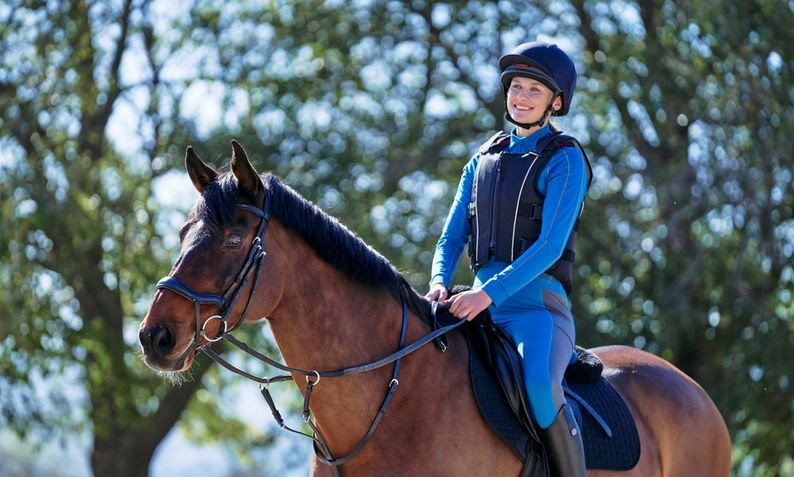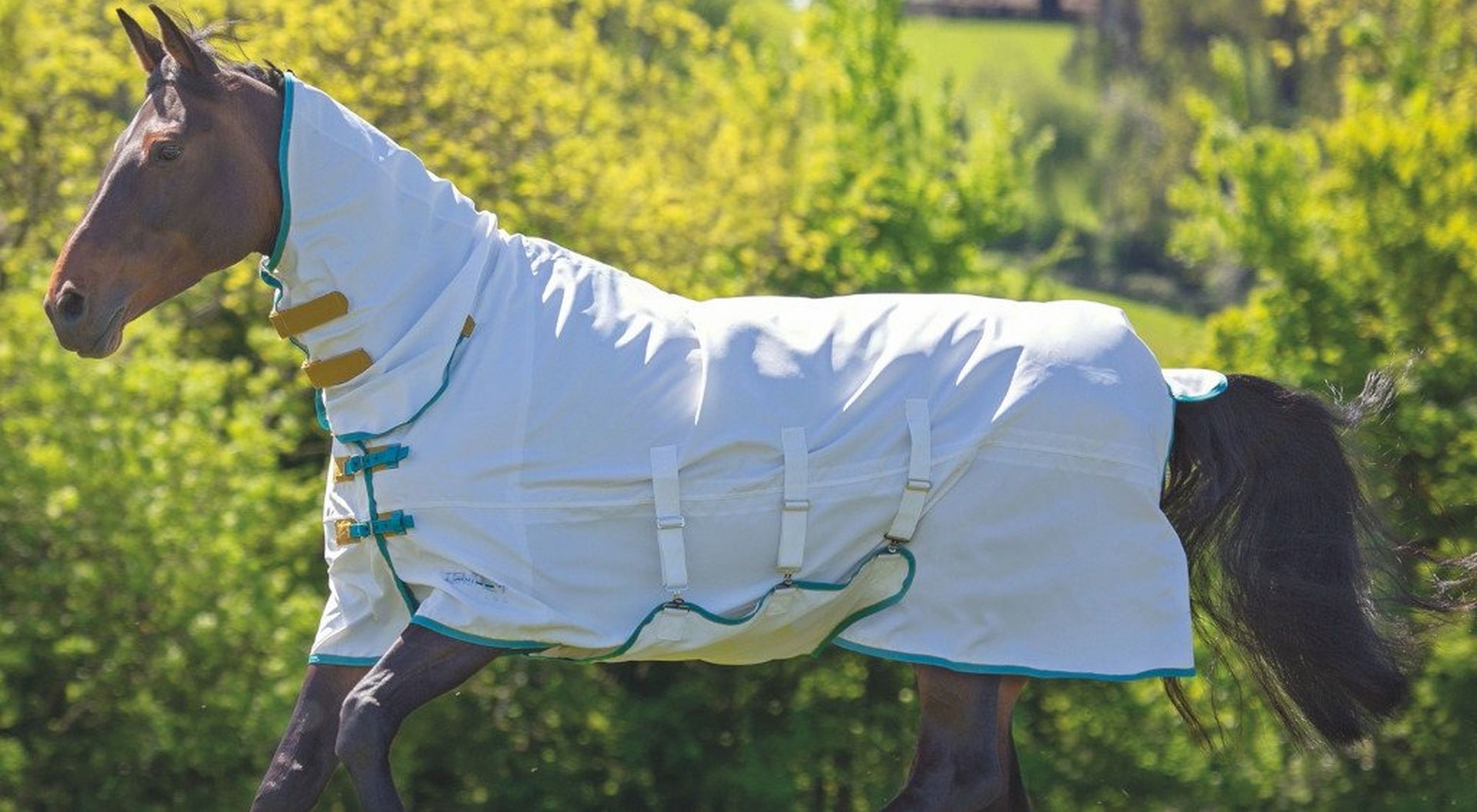
The countdown to spring is officially on! Are you prepared for light evenings, warm weather and long rides? Of course you are! How about long grass, high sugars and weight gain? Sadly, while there's lots to like about the spring and summer months, they're not without trials of their own! Over on our Facebook and Instagram pages we’ve been asking you what questions you'd like answering about preparing for the seasons ahead. Keep reading as we take a look at the most common concerns...
Is it possible for turned out horses to lose weight?
Yes! As owners, we have it drummed into us that the only way for our horses to shed a few pounds is to restrict their food intake. This simply isn’t the case. Much like people, horses gain weight when there’s more calories going in, than their body is using. What our horses eat is just the first part of the equation, the other is what they’re expending. If you don’t want to restrict your horse's grazing, the key to weight loss is exercise. Whether you opt for schooling, hacking, jumping, swimming or groundwork, these are all great ways to ensure that any over indulgence out in the field is burnt off. To encourage weight loss, your horse needs to be calorie deficient, this can be tricky when they’re out at grass, but it’s not impossible! Grazing muzzles and track systems may help you to achieve this!
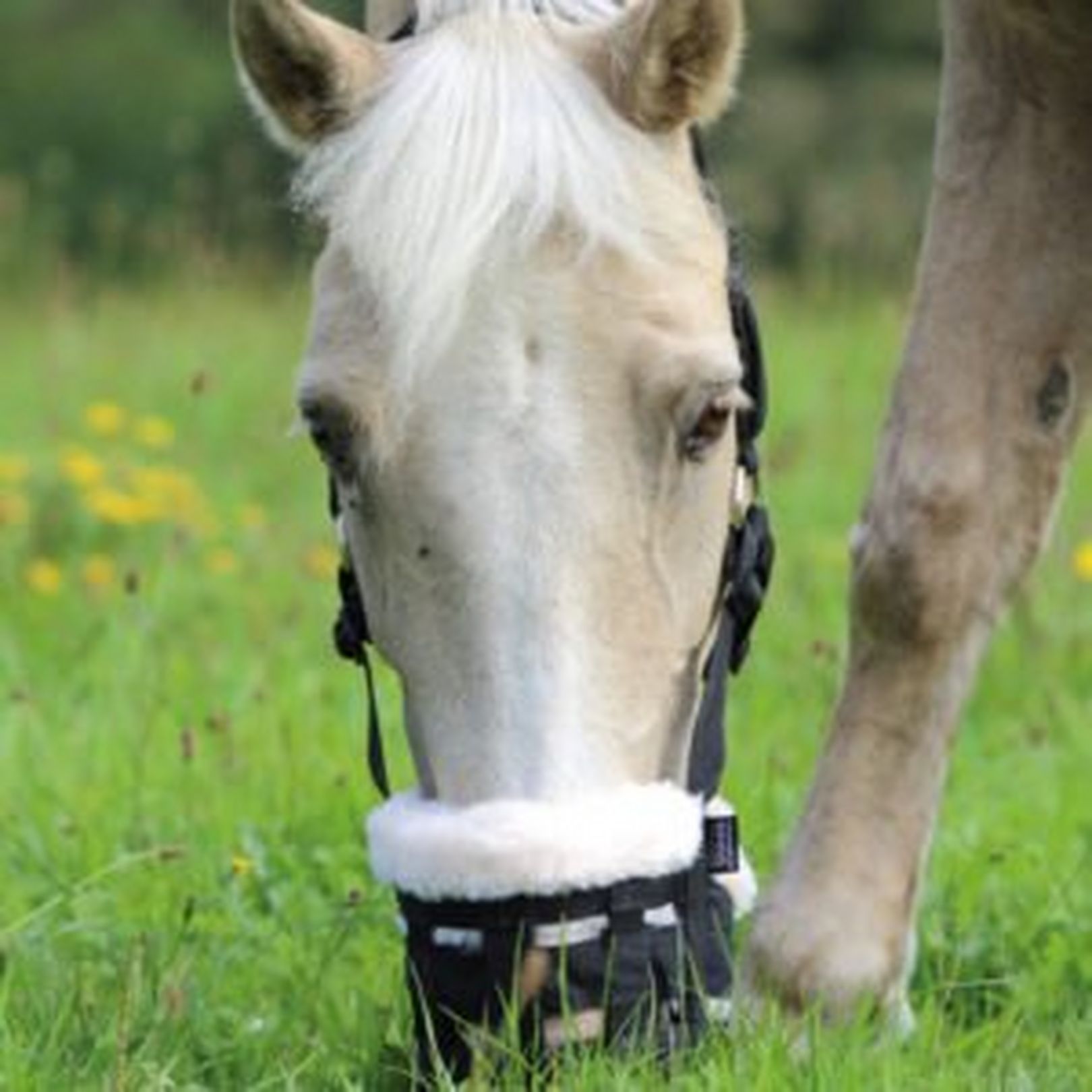
Are muzzles bad for horses?
There’s no getting away from it, grazing muzzles aren’t natural. In an ideal world, we wouldn’t be using them. That being said, they serve a really important purpose.
Grazing Muzzles allow us to restrict our horse’s grass intake by as much as 80%, without limiting their access to turnout. Benefiting much more than just their weight, this allows even horses and ponies prone to obesity to enjoy being out in the field with the rest of the herd. Grazing muzzles are generally safe to be used for a maximum of 12 hours. After this, they should be removed to allow your horse a break.
The biggest drawbacks of using muzzles include; rubbing, falling off or causing abnormal wear to the teeth. These issues usually a result of them being poorly fitted, over used or the wrong style. With this in mind, be sure to measure up properly, shop around before you buy and always follow the manufacturers guidance.
How can I prevent Laminitis?
Affecting around 1 in 10 horses and ponies, preventing laminitis is something we should all be mindful of when we're thinking about spring turnout. Laminitis is a painful and potentially deadly condition, but with proper management it can be avoided. Often, laminitis is a result of an underlying issue. Obesity, Equine Metabolic Syndrome and Equine Cushings Disease all increase the levels of insulin in your horse’s blood. This is a known trigger for the condition. Take a look at our top tips for preventing laminitis:
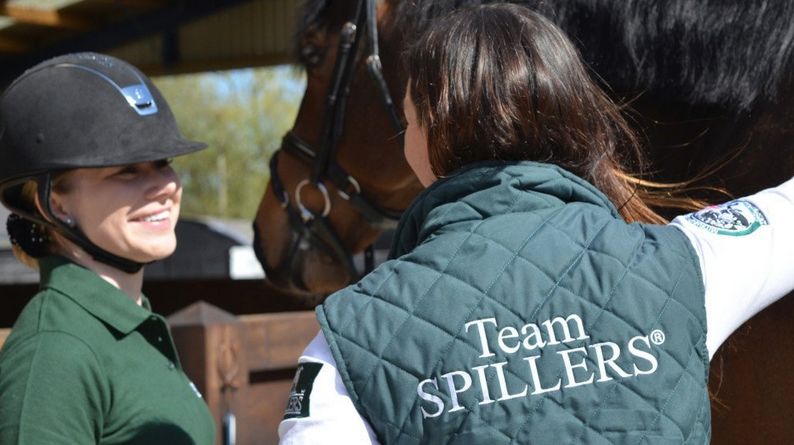
Weight
Keep a close eye on your horse’s weight and body condition all year round, not just in the summer. It’s best practice to regularly check your horse with a weigh tape or better still a weigh bridge. By doing this, you’ll be quick to spot minor issues before they become big problems!

Reduce Your Horse's Sugar Intake
Sugars and carbohydrates should be kept to a minimum. There are many methods for achieving this, from limited turnout and soaked feed to grazing muzzles and sand paddocks.

Work With Your Farrier
No hoof, no horse! Ensuring that your horse receives regular visits from the farrier will help to keep their hooves balanced and the correct length. Your farrier may also spot any early warning signs, before the damage is more extensive.
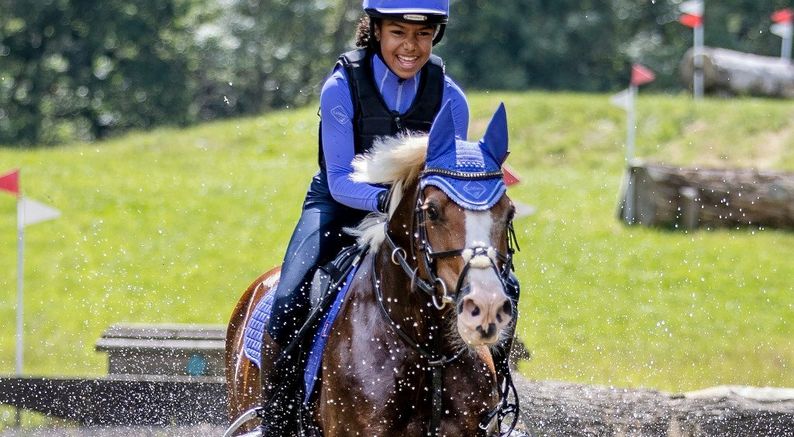
Exercise
This is key to keeping our horse’s healthy! Whether you ride, lunge, long rein or walk in hand, every little helps.

Stress
In some situations, stress and anxiety can trigger the condition. In such instances, competition, travelling, separation from field mates and other potentially traumatic scenarios should be avoided.
If your horse is overweight or has previously suffered from laminitis it’s important to be extra vigilant. If you’re not sure, growth rings in the hoof wall are a tell tail clue. Warning signs and symptoms of laminitis to keep an eye out for include; lameness, sole sensitivity, weight shifting, hot hooves and a fast digital pulse. If you spot any of these, immediately take your horse off grass and contact your vet for further advice.
How do I prepare for spring turnout?
If you own a horse prone to obesity, spring turnout is terrifying! It’s easy to presume that the nutritional value of the grass in your horse’s field would remain consistent all year round. Sadly though, this simply isn’t the case. In the spring, warm days, cool nights and moderate rainfall mean that grass can grow quickly. Nutritionally, this results in a highwater content but low levels of indigestible fibre. Essentially, this means spring grass is readily available, lush, easy to chew, highly palatable and worryingly, not very filling. These factors combined encourage our horses to overeat. With this in mind, it’s really important to prepare ahead of time. Here’s some top tips:
Body Condition – Horses are supposed to be lean coming into spring. If your horse is carrying too much weight come March, now’s your last chance to act before lush grass arrives.
Fitness – Developing your horse's fitness before spring will ensure that you’re able to work them sufficiently when needed. This will enable you to burn off any extra calories they consume.
Grazing – Build up turnout slowly. It can be tempting to keep them out 24/7 as soon as it’s an option, but don’t! Allowing them time to adjust will help to prevent colic and manage their waistline.
Stabling – Be prepared to bring in when needed. Frost preserves the sugar levels in the grass, as it can’t be utilised for growth. This generally happens throughout spring and autumn, and can trigger weight gain and laminitis.
Hard Feed – Give your horse a small, high fibre, high water content and low sugar meal before turning out. This may sound counterproductive, but it will help them to feel full, preventing them overeating.
When’s the best time to turnout?
When thinking about the best times to turnout, it’s really important we understand when and how grass grows. During the day, sugars are produced by photosynthesis, occurring in the leaves. The more sun, the more sugars the grass can make. This peaks between mid-day and early afternoon. During the night or when cloud cover is heavy, the leaves stop producing sugar and start using it to grow. This can only happen when the temperatures are above 4°C. In frosty weather, the sugars can’t be utilized. Instead, they're stored in the leaves and roots. When this happens, sugars can account for around 25% of the dry matter.
Because of this, the best time to turnout is generally overnight (when mild). Alternatively, early in the morning or later on in the evening.
After Spring Turnout Comes Summer Turnout...
Thankfully, as we move through spring and towards summer, the composition of grass changes. Hot weather and infrequent rainfall causes it to dry-out. As a result, the water percentage drops, increasing the volume of fibre. This means that it's harder work to chew, less palatable and more filling. This is why turnout tends to be less problematic later in the season, providing the grazing doesn't become distressed.
We hope you've found our spring turnout advice and top tips helpful! If you have a question that we haven't answered, add it to the comments and we'll get back to you!

